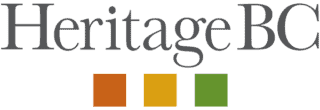- Heritage 101
- Advocacy
- Accessibility for Historic Places
- Climate & Sustainability
- Cultural Maps
- Heritage Place Conservation
- Heritage Policy & Legislation
- Homeowners
- Intangible Cultural Heritage
- Reconciliation
- Indigenous Cultural Heritage
- Setting the Bar: A Reconciliation Guide for Heritage
- 1. Heritage and Reconciliation Pledge
- 2. Acknowledging Land and People
- 3. Celebrating Days of Recognition and Commemoration
- 4. With a Commitment to Learn
- 5. Committing to Strategic Organizational Diversity
- 6. Mission-Making Room for Reconciliation
- 7. Possession, Interpretation, Repatriation and Cultural Care
- 8. Shared Decision Making
- 9. Statements of Significance and other heritage planning documents
- 10. Heritage Conservation Tools, Local Government Act
- Racism: Do Not Let the Forgetting Prevail
- Taking Action: resources for diversity and inclusion
- Webinars On-Demand
ICH: Creating a Community-Based Inventory
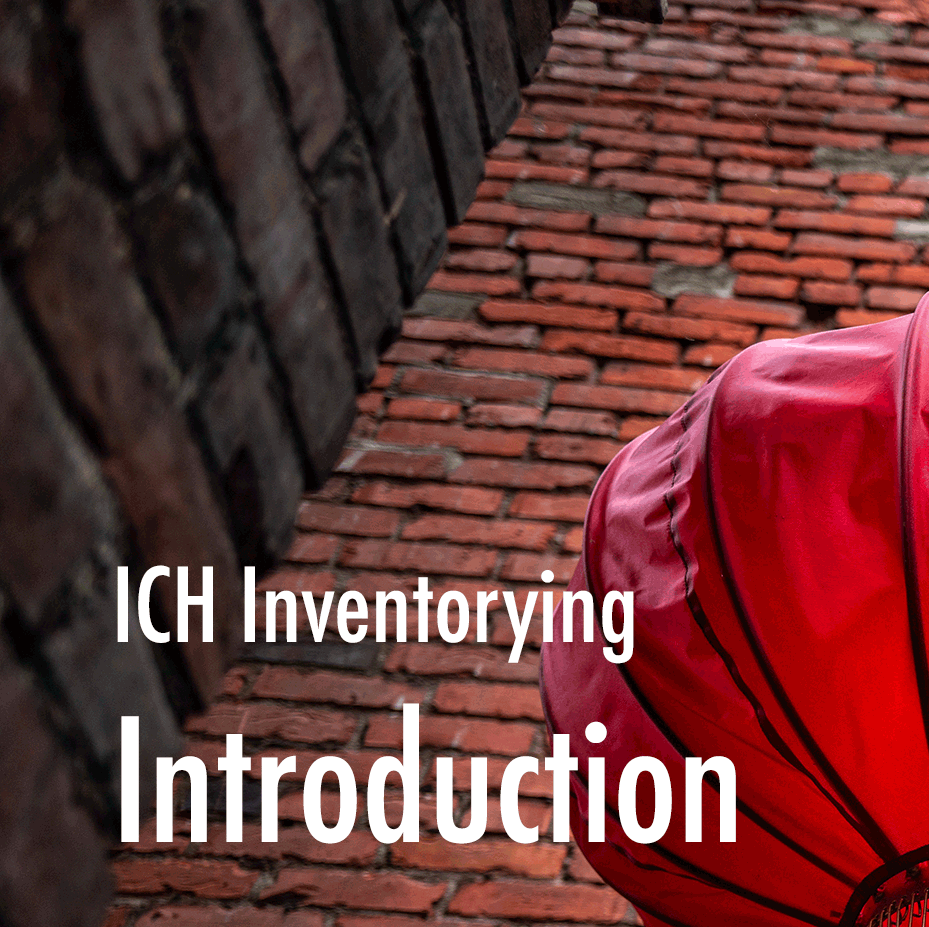 |
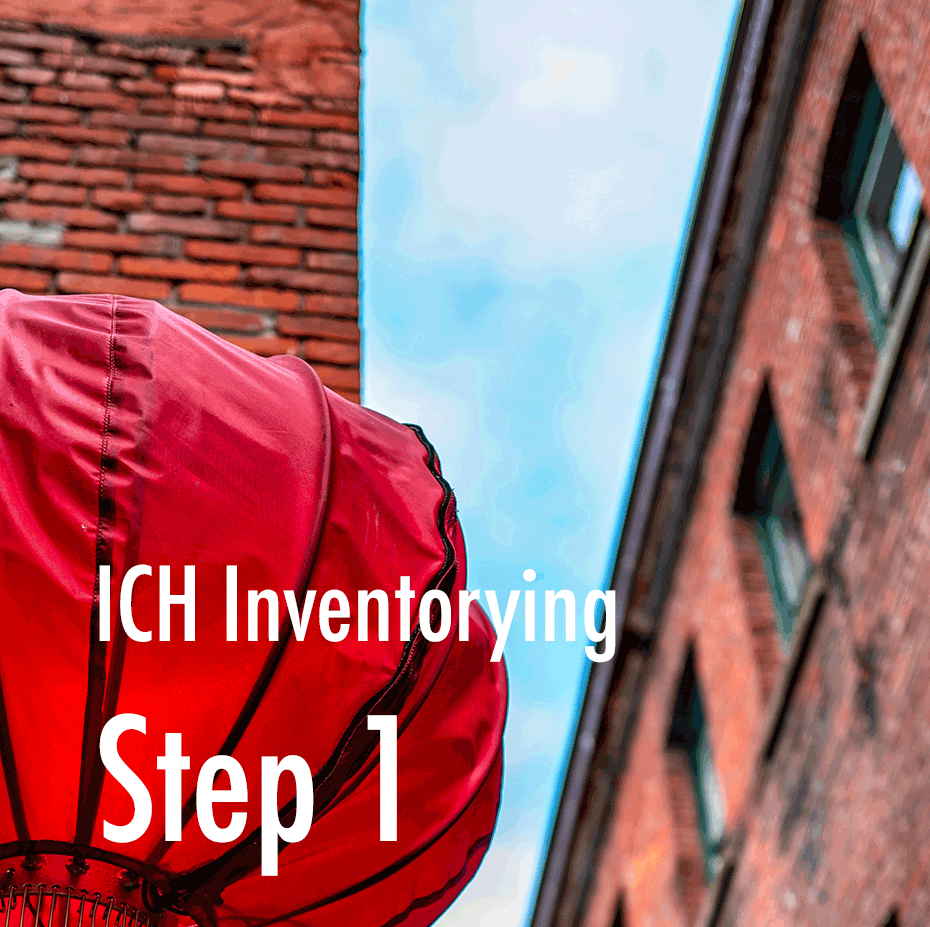 |
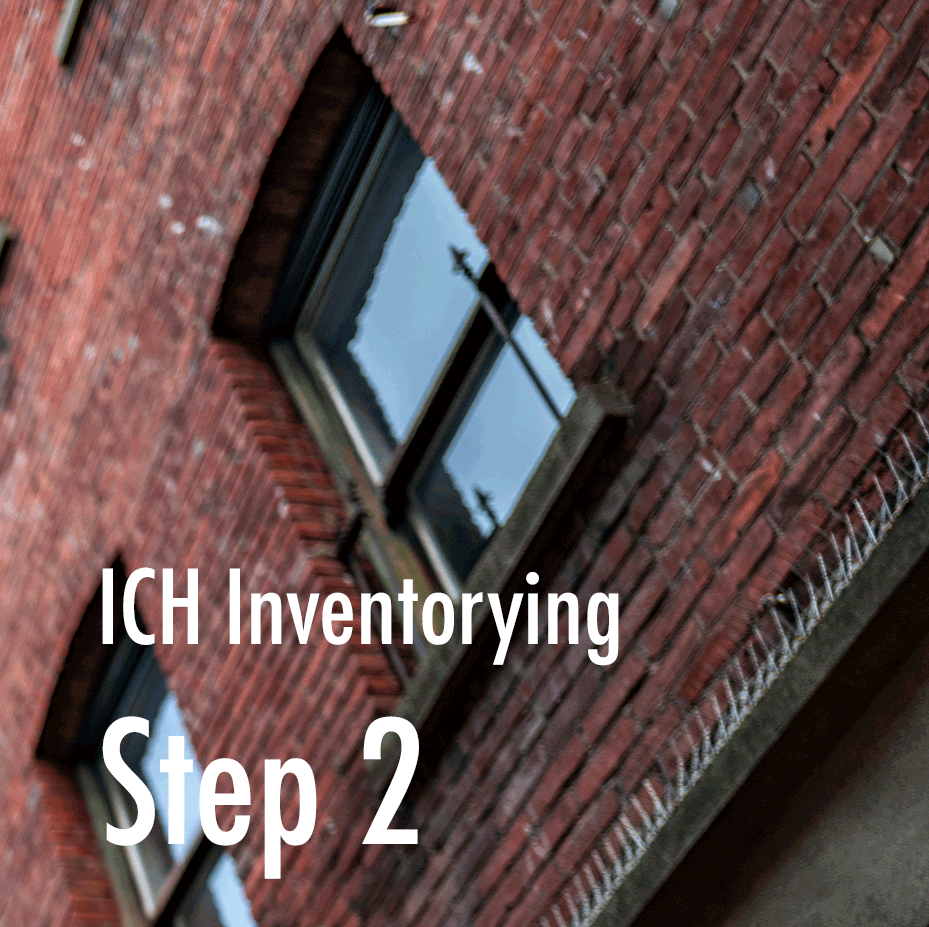 |
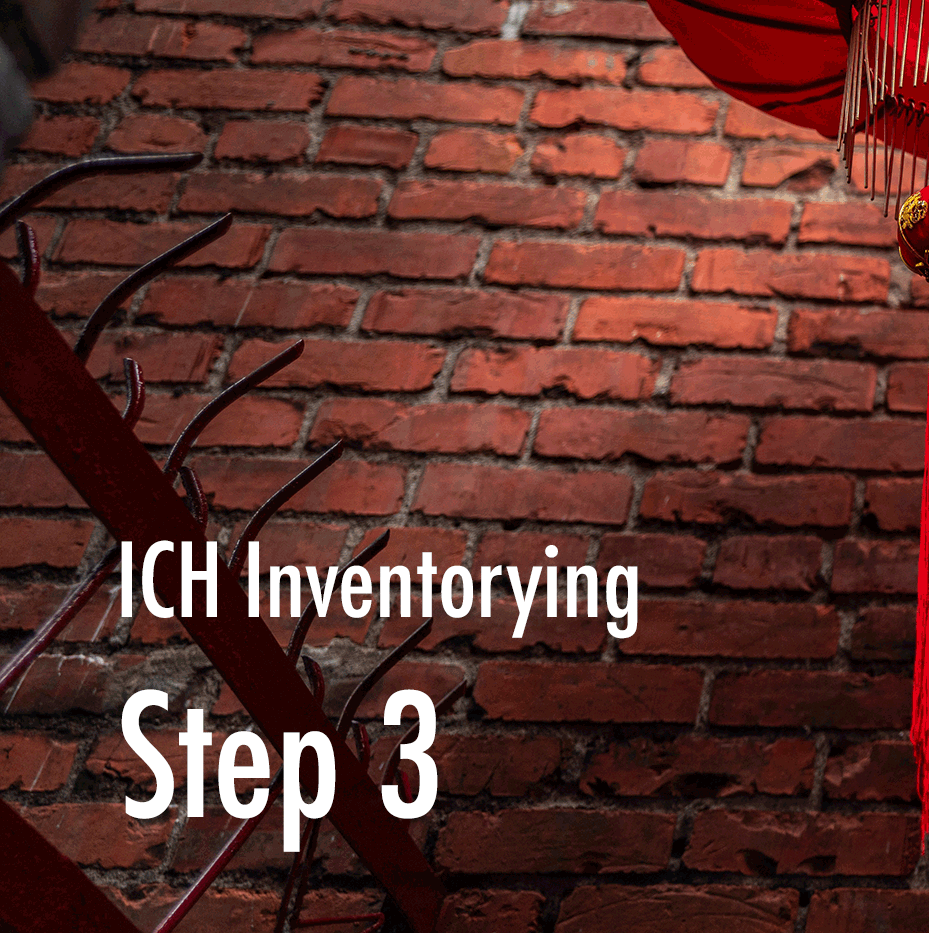 |
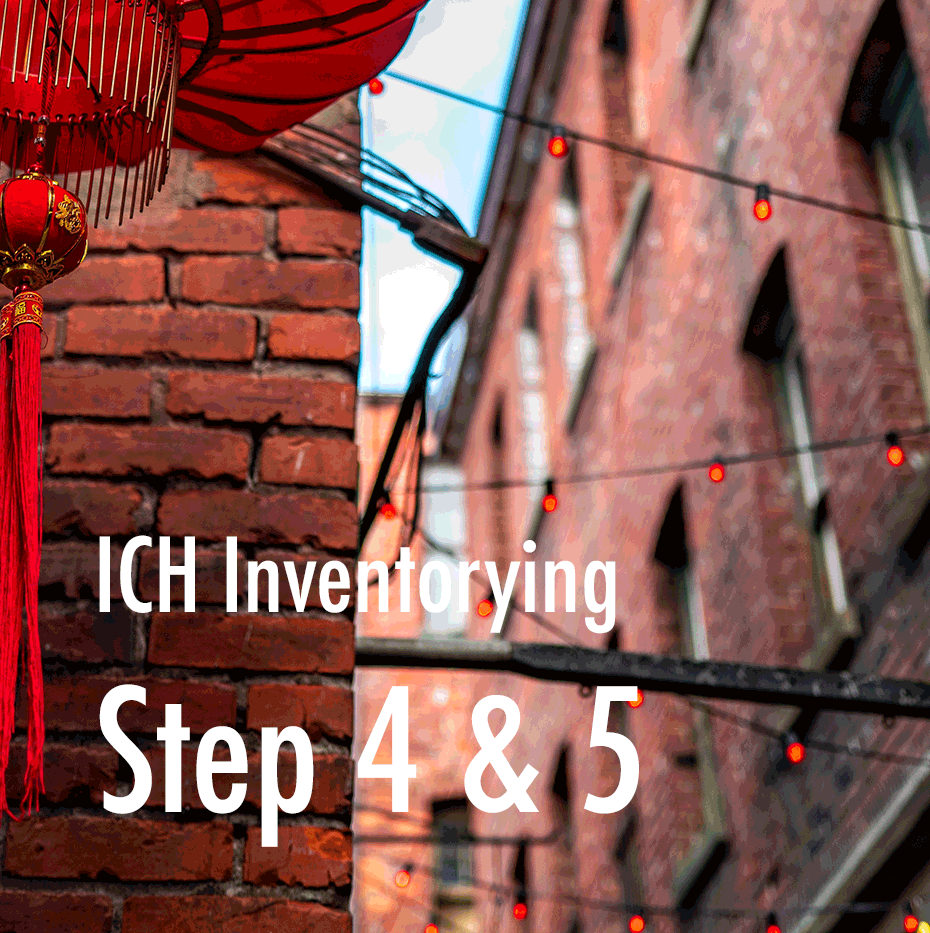 |
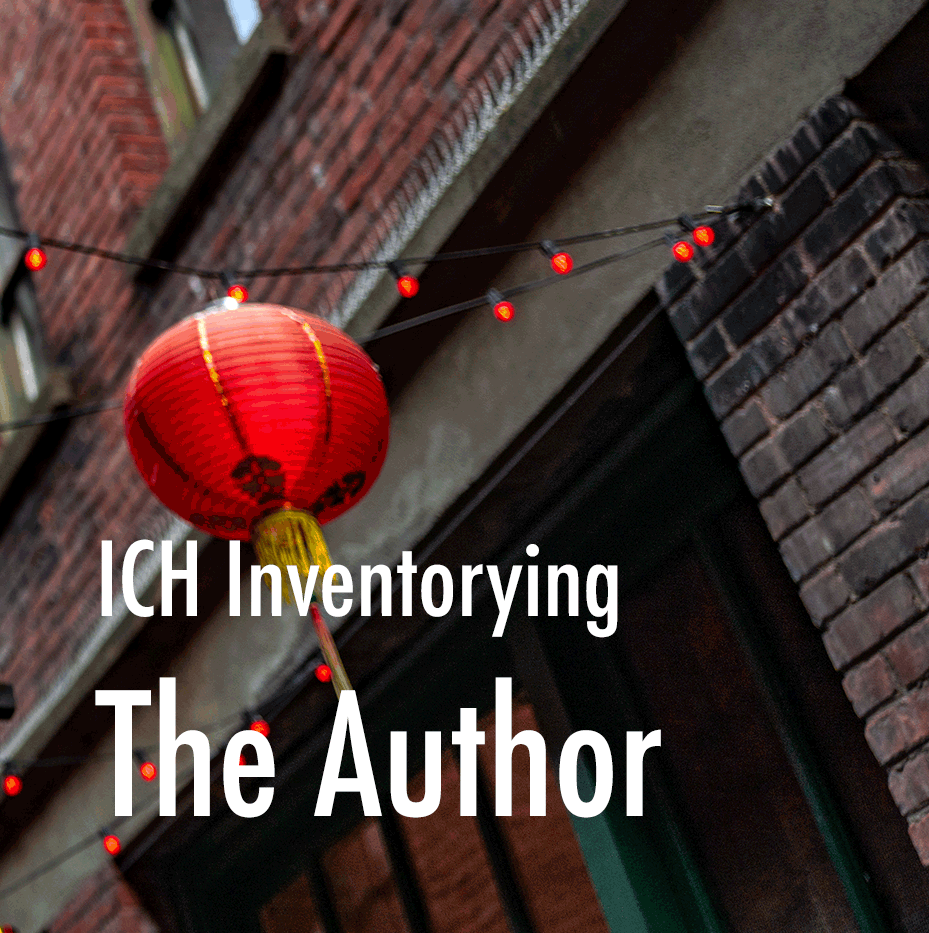 |
Why Should We Create ICH Inventories?
The inventory is one of the most effective tools for Intangible Cultural Heritage (ICH) safeguarding. Through it, communities can better know, identify, and define the main elements that make up their rich heritage. The systematization of this traditional knowledge can contribute to its transmission to the new generation and, finally, the generated knowledge contributes to an awareness of the importance of the intangible heritage for the community directly involved.
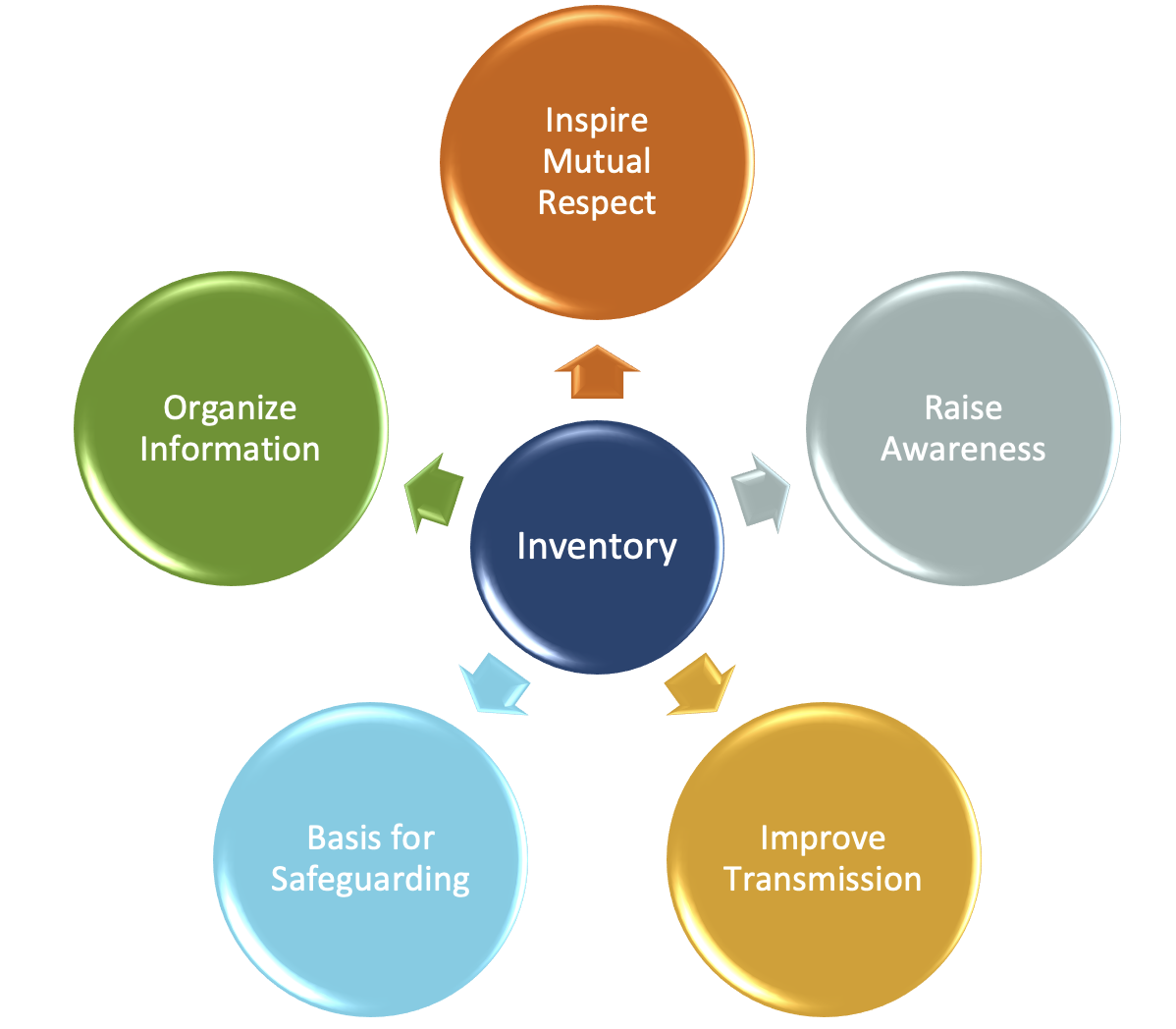 It is for these reasons, creating ICH inventories is one of the specific obligations for the safeguarding of Intangible Cultural Heritage, as outlined in the 2003 Convention for the Safeguarding of Intangible Cultural Heritage (link).
It is for these reasons, creating ICH inventories is one of the specific obligations for the safeguarding of Intangible Cultural Heritage, as outlined in the 2003 Convention for the Safeguarding of Intangible Cultural Heritage (link).
However, the inventory process, in terms of collecting and systematizing information, does not guarantee an action to safeguard intangible cultural heritage. To promote ICH safeguarding, it is necessary to assure the bearers of the ICH are the protagonists of this process. In other words, the condition for an inventory to promote ICH safeguarding is community participation in the whole process.
The active participation of the bearers or the practitioners enables partnerships for safeguarding, reinforcing the sense of identity among community members, and contributing to community governance and sustainable development.
Due to the reasons presented, conducting a good inventory is a primary requirement for the planning and implementing of living heritage safeguard actions.
The realization of an inventory is an educational activity carried out by and for the community holders.
5 Steps to Creating an ICH Inventory
There are many ways to conduct an inventorying process. Here, it is organized into five steps:
- Community involvement
- Planning and evaluating
- Data search
- Documentation
- Publicizing the results.
Each step presents basic procedures and support materials to help communities and groups organize their own ICH inventory.
The following image presents the steps and the main elements for each:
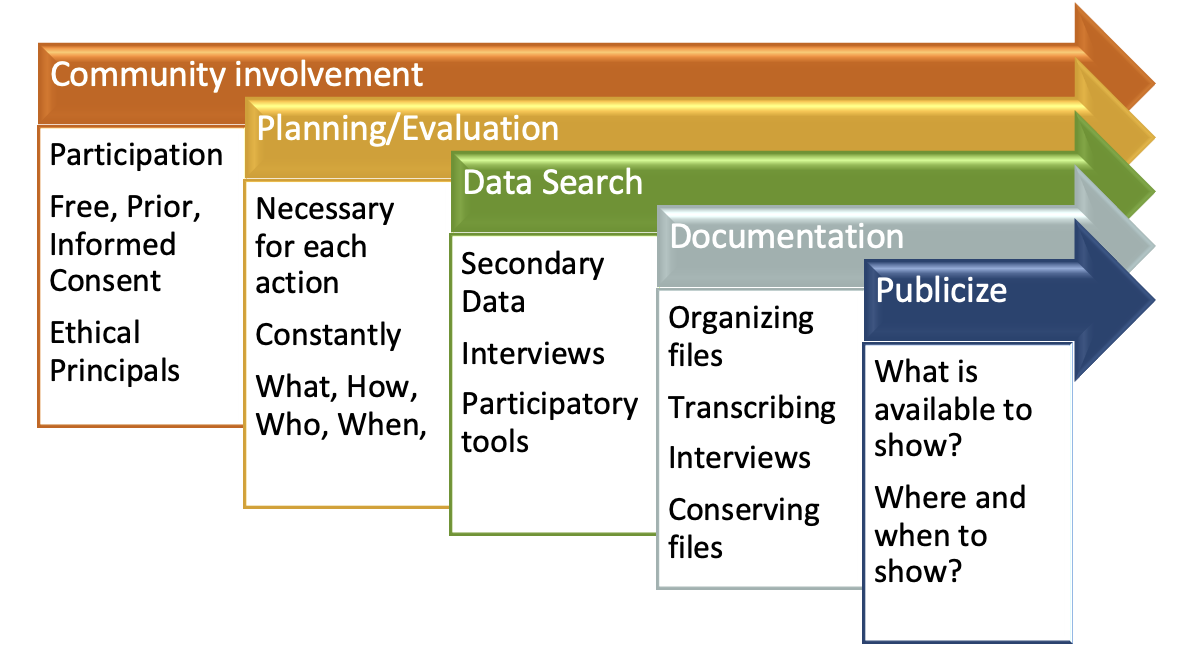
For more information about inventories:
- Inventories: identifying for safeguarding – intangible heritage – Culture Sector – UNESCO
- https://ich.unesco.org/doc/src/50279-EN.pdf
- Drawing up inventories – intangible heritage – Culture Sector – UNESCO
This module was written by Lucas dos Santos Roque.
Back to top of page
